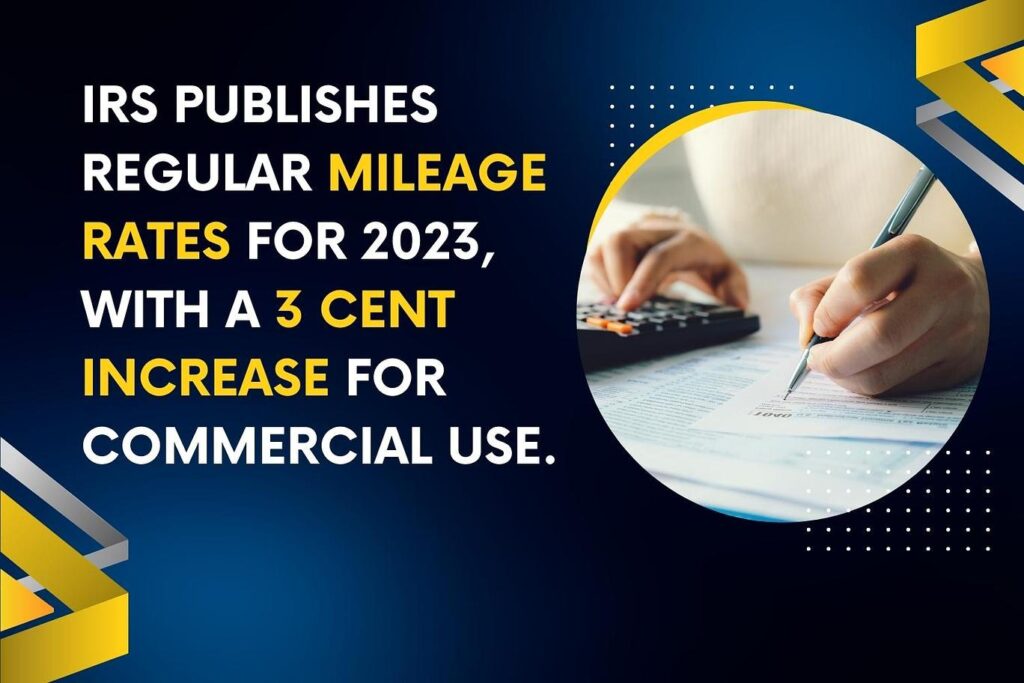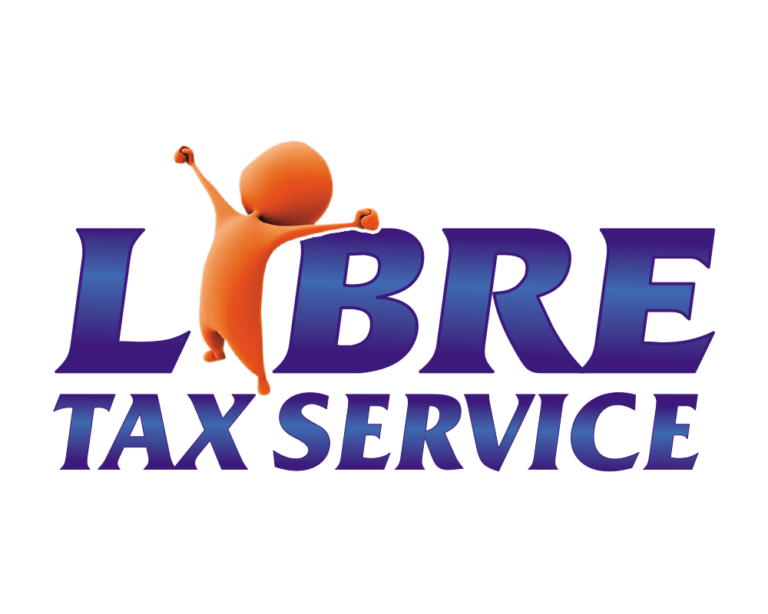
The 2023 optional standard mileage rates, which are used to determine the expenditures that can be deducted when driving a car for work, charity, medical care, or relocation, were released by the Internal Revenue Service today.
The following charges will apply starting on January 1, 2023, while using an automobile (including vans, pickup trucks, or panel vans):
- The cost for the second half of 2022 is set at $65.5 cents per mile driven for commercial purposes, an increase of 3 cents from the midyear rise.
- The enhanced midyear rate scheduled for the second half of 2022 applies to eligible active-duty members of the military who drive for relocation or medical reasons at a rate of 22 cents per mile.
- The cost, which is regulated by law and will not alter beginning in 2022, is 14 cents per mile driven in support of charity organisations.
Along with gasoline- and diesel-powered vehicles, these tariffs are also applicable to electric and hybrid-electric autos.
An yearly evaluation of the fixed and variable expenses of operating a car serves as the basis for the standard mileage rate for business usage. Based on variable costs, a rate is set for relocation and medical expenses.
The Tax Cuts and Jobs Act prohibits taxpayers from deducting unreimbursed employee travel expenditures as a miscellaneous itemised deduction, it is crucial to remember. Unless they are active duty military personnel travelling on orders to a permanent change of station, taxpayers also are not permitted to claim a deduction for relocation costs. Moving Expenses for Armed Forces Members has further information.
The decision to determine the real expenses of operating a car by the taxpayer, as opposed to utilising the normal mileage rates, is always up to them.
Taxpayers are permitted to employ the regular mileage rate, although they are often required to do so during the first year that the automobile is accessible for business usage. Later on, users will be able to select between real expenditures or the standard mileage rate. If the standard mileage rate is selected, leased cars must be calculated using the standard mileage rate technique for the whole term of the lease (including renewals).
The 2023 standard mileage rates, as well as the maximum cost of a car used to determine the allowance under a fixed and variable rate (FAVR) plan, are listed in Notice 2023-03, which is accessible on the IRS website. The notice also specifies the maximum fair market value of vehicles furnished by the employer that may be valued using the fleet-average valuation rule or the vehicle cents-per-mile valuation rule and first made accessible to workers for personal use in calendar year 2023.
(Source Credit: This article was originally published by irs.gov/newsroom: IR-2022-234 on December 29, 2022.)


